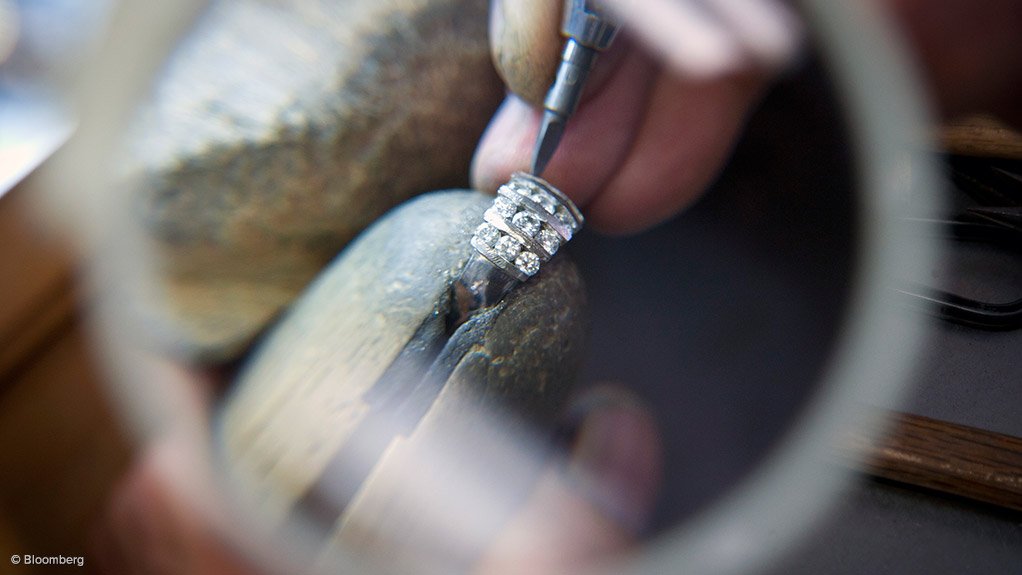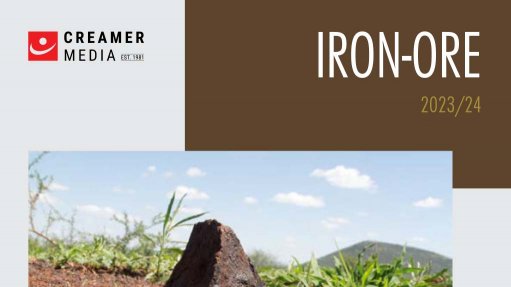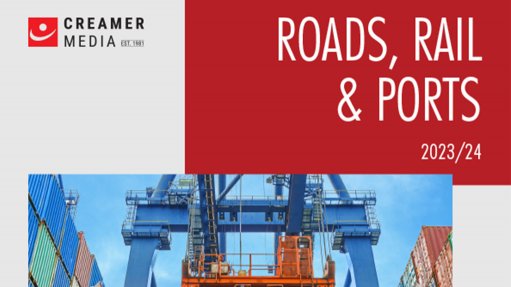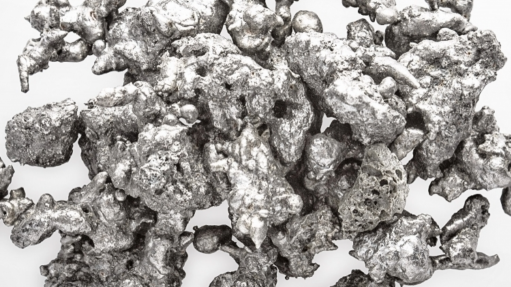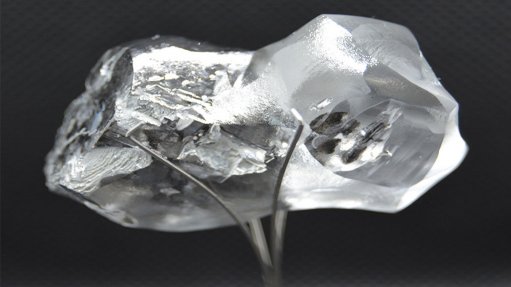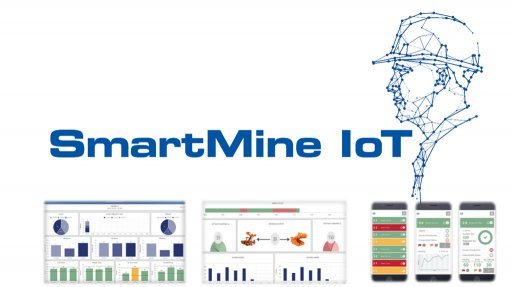WGC unpacks the benefits of mandatory gold hallmarking
The mandatory hallmarking for gold jewellery and gold artefacts that became effective in June, has been positive for India’s gold market, says the World Gold Council (WGC).
The council says mandatory hallmarking improves transparency and gives consumers more confidence in the purity of the gold they buy.
Mandatory hallmarking applies to six categories of gold – 14k, 18k, 20k, 22k, 23k and 24k, meaning gold articles require accurate determination and official recording of the proportionate content of precious metal, with the exception of gold articles below 2 g in weight, those destined for export and re-import, those intended for international exhibitions and articles such as watches, fountain pens and special jewellery categories.
Manufacturers, wholesalers and retailers must be registered with the Bureau of Indian Standards (BIS) to be permitted to sell hallmarked gold jewellery and artefacts. Jewellers with sales turnover below $54 000 a year are excluded from the scheme, but can register voluntarily.
Jewellery stocks hallmarked before June 16 need not be melted and re-hallmarked.
The WGC says the hallmarking unique ID (HUID) can be transformative for the jewellery sector and may provide a model that can be emulated in other markets using technology.
Under the newest BIS requirements, manufacturers and retailers are allowed to stamp their logos on the jewellery in addition to the hallmark and, in cases where the jewellery is made of two metals, hallmarking is only mandatory for gold and silver components.
The HUID is laser marked and shows the identity of both the jewellery seller and the assaying centre. The HUID is aimed at ensuring the integrity of hallmarking using integrated technology and helps to address consumer complaints about inconsistent quality of hallmarked jewellery.
This traceability will enhance consumer confidence and has been welcomed by some sections of the trade.
The HUID is a lengthy and laborious process, involving various sequential processes such as tagging a jewellery article with a code, uploading its net weight and X-ray fluorescence (XRF), and sampling and stages of fire assay. The time of each activity must be recorded and a six-digit HUID code downloaded from the BIS portal and laser marked on to the jewellery article.
However, the WGC says enhancements made to the software used in the automation of the HUID process have resulted in a gradual increase in hallmarking.
According to BIS, 1.4-million jewellery pieces were hallmarked between July 1 and July 15, increasing to 4.1-million between August 1 and August 15.
Although the recent announcements by the Indian Minister of Consumer Affairs have helped to addresses industry concerns, they may compromise the protection offered to the consumer regarding quality and purity of the hallmarked jewellery they buy.
The WGC explains that, first, allowing large corporate jewellers to do their own hallmarking for their in-house products could lead to a conflict of interest and could affect the credibility, impartiality and operational integrity of the hallmarking scheme, thereby damaging consumer trust.
Second, providing hallmarking with XRF may lead to severe malpractice by jewellery manufacturers, tarnishing the reputation of the mandatory hallmarking system and throwing into question the quality of jewellery exports from India.
Nonetheless, the WGC believes mandatory hallmarking is a step towards the healthy development of the jewellery industry. It should create a level playing field for small and single retailers.
Mandatory hallmarking will, however, increase costs for single-store small retailers, as they will have to melt their unsold, non-hallmarked jewellery before the end of November or pay for that jewellery to be hallmarked.
These higher costs could lead to a consolidation among small retailers, which, in turn, could lead to a more organised and formal jewellery industry.
Mandatory hallmarking and the HUID may also improve transparency throughout the gold trade, leading to higher imports through official channels. This should boost the reputation of the Indian gold market and potentially increase jewellery exports.
“For consumers, we believe that mandatory hallmarking will be positive: improving transparency in the gold trade and giving consumers more confidence in the purity of the gold they buy.
“With no opportunity for under-karatage, retailers may focus on design and customisation, offering better service and choice to customers rather than playing on the gold price,” the WGC states.
As the markets start to recover from lockdown, the revival in gold demand will depend on the Covid-related behaviours of both consumers and the trade.
The pandemic has already convinced many jewellers to adopt online sales channels and mandatory hallmarking may further enhance consumer trust in digital purchases, the WGC concludes.
Comments
Press Office
Announcements
What's On
Subscribe to improve your user experience...
Option 1 (equivalent of R125 a month):
Receive a weekly copy of Creamer Media's Engineering News & Mining Weekly magazine
(print copy for those in South Africa and e-magazine for those outside of South Africa)
Receive daily email newsletters
Access to full search results
Access archive of magazine back copies
Access to Projects in Progress
Access to ONE Research Report of your choice in PDF format
Option 2 (equivalent of R375 a month):
All benefits from Option 1
PLUS
Access to Creamer Media's Research Channel Africa for ALL Research Reports, in PDF format, on various industrial and mining sectors
including Electricity; Water; Energy Transition; Hydrogen; Roads, Rail and Ports; Coal; Gold; Platinum; Battery Metals; etc.
Already a subscriber?
Forgotten your password?
Receive weekly copy of Creamer Media's Engineering News & Mining Weekly magazine (print copy for those in South Africa and e-magazine for those outside of South Africa)
➕
Recieve daily email newsletters
➕
Access to full search results
➕
Access archive of magazine back copies
➕
Access to Projects in Progress
➕
Access to ONE Research Report of your choice in PDF format
RESEARCH CHANNEL AFRICA
R4500 (equivalent of R375 a month)
SUBSCRIBEAll benefits from Option 1
➕
Access to Creamer Media's Research Channel Africa for ALL Research Reports on various industrial and mining sectors, in PDF format, including on:
Electricity
➕
Water
➕
Energy Transition
➕
Hydrogen
➕
Roads, Rail and Ports
➕
Coal
➕
Gold
➕
Platinum
➕
Battery Metals
➕
etc.
Receive all benefits from Option 1 or Option 2 delivered to numerous people at your company
➕
Multiple User names and Passwords for simultaneous log-ins
➕
Intranet integration access to all in your organisation



